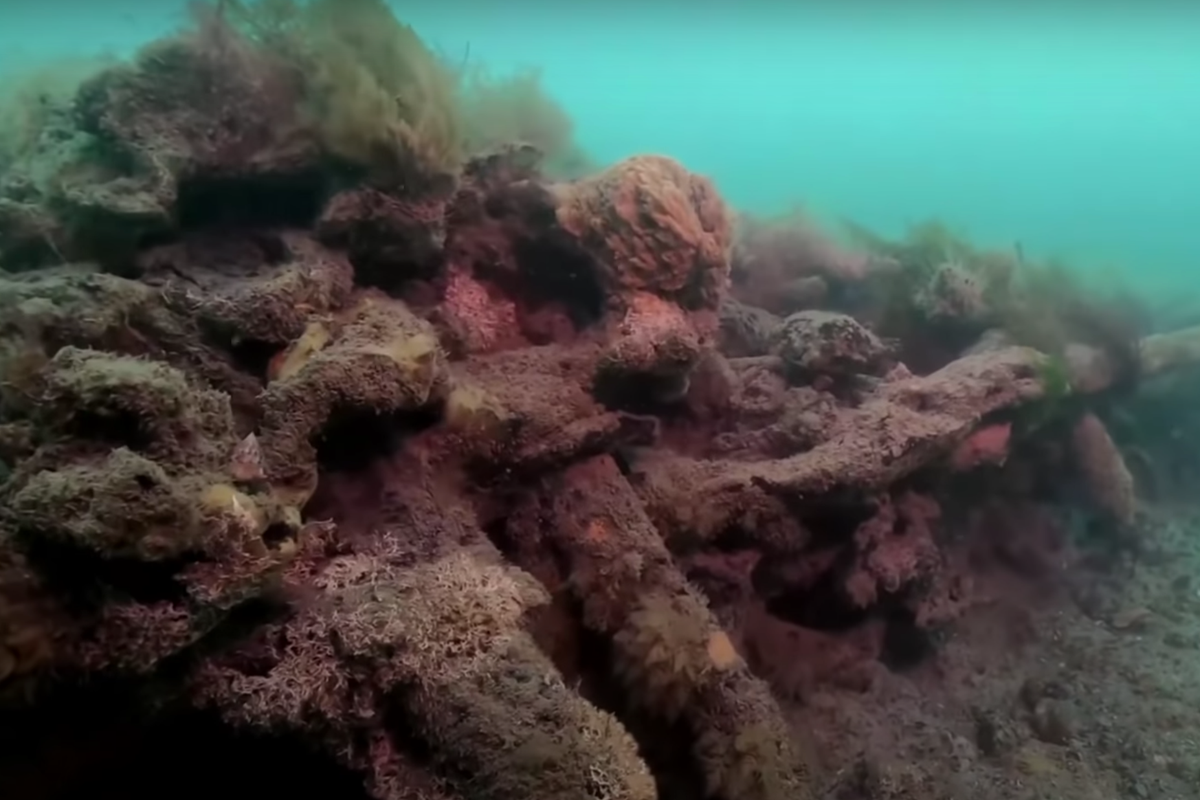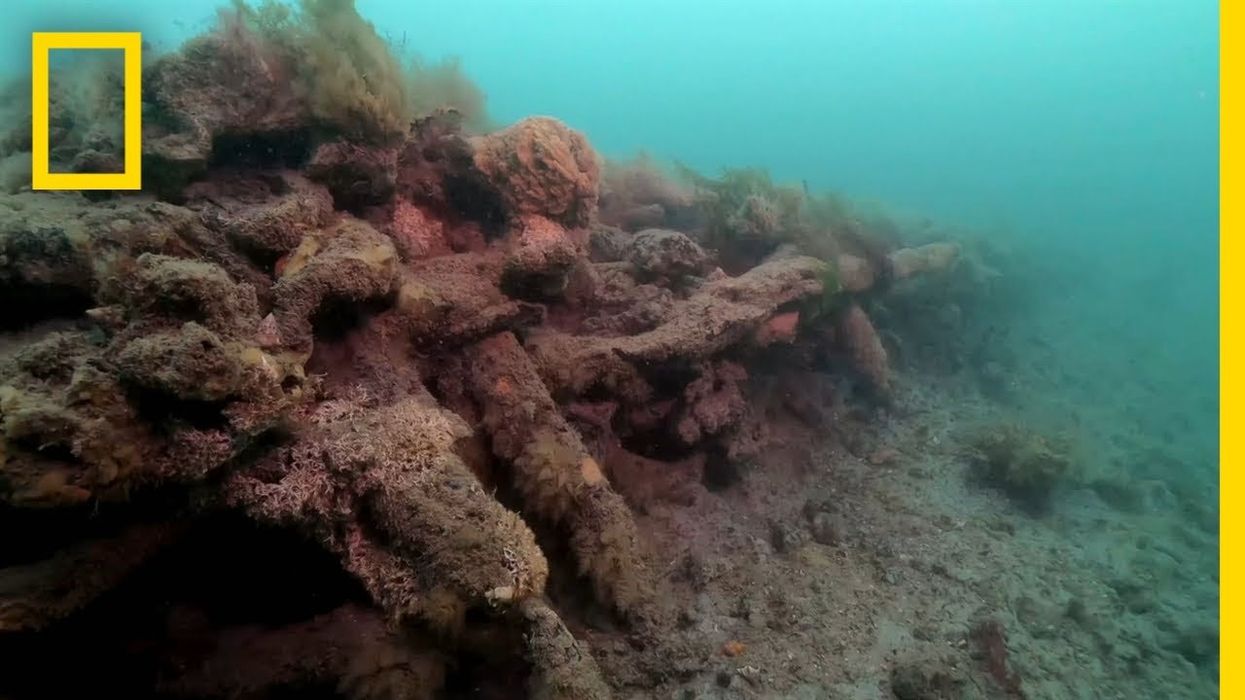Alex Daniel
Oct 25, 2023
Underwater Lost City in England | Lost Cities With Albert Lin
Ever wondered what’s hiding at the bottom of the English Channel?
Deep sea divers do – partly because the cold waters and strong tides make it a notoriously difficult place to explore.
One relic down there that few people have seen is the remains of an 8,000-year-old civilisation in an area called Doggerland – the landmass that once connected the British Isles to Europe.
A National Geographic team led by scientist Albert Lin went down there in 2019 to find the so-called "lost city".
The first thing they found were the remains of a tree, which had survived underwater for more than 8,000 years.
As the divers went deeper, they came across a wooden structure that Lin thought could be a dock.
“It feels like we are sitting in an ancient ghost town, but underwater,” he said.

The existence of Doggerland was first confirmed in the late 19th century, but it wasn’t until about 100 years ago that ships started accidentally unearthing items of archaeological importance.
In 1931, a trawler hauled up a lump of peat while fishing about 25 miles east of Norfolk. It contained an antler point, which was possibly used as a spear, dating from between 10,000BC and 4,000BC.
Back on the surface, Lin described the wooden structure as “a whole platform down there. It's layered, one piece on top of the other, almost like a dock”.
He added:” It’s cold down there and murky. But it's incredible.
“You know, you descend down this line and out of the darkness comes the ancient past.”
The wood survived because it was so deprived of oxygen, according to maritime archaeologist Garry Momber.
“It's just preserved in a sort of anaerobic, oxygen-free environment. It would have stayed there for many more thousands of years.
“But recently, the old landscape’s eroding away, which is how we found this.”
The maritime archaeologist said finding composite structures like this was of 'international significance'.
“It's 8,000 years old,” Momber added. “You don't just get these everyday.”
Sign up for our free Indy100 weekly newsletter
How to join the indy100's free WhatsApp channel
Have your say in our news democracy. Click the upvote icon at the top of the page to help raise this article through the indy100 rankings
Top 100
The Conversation (0)













